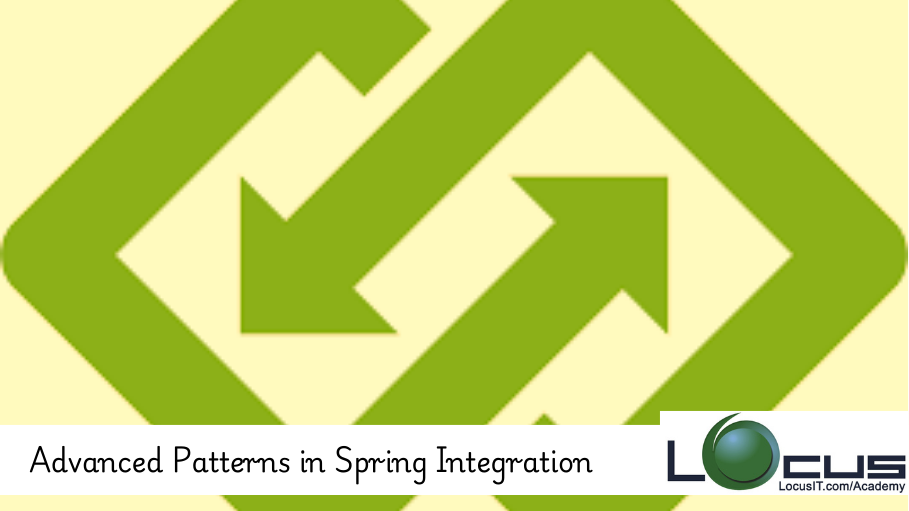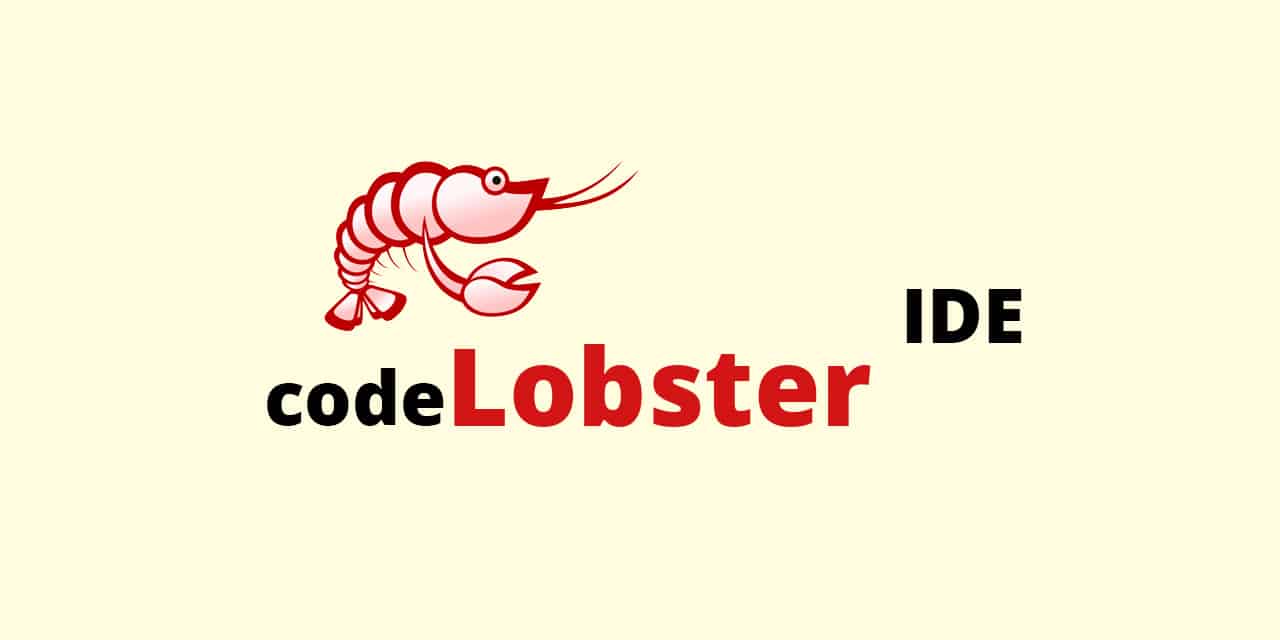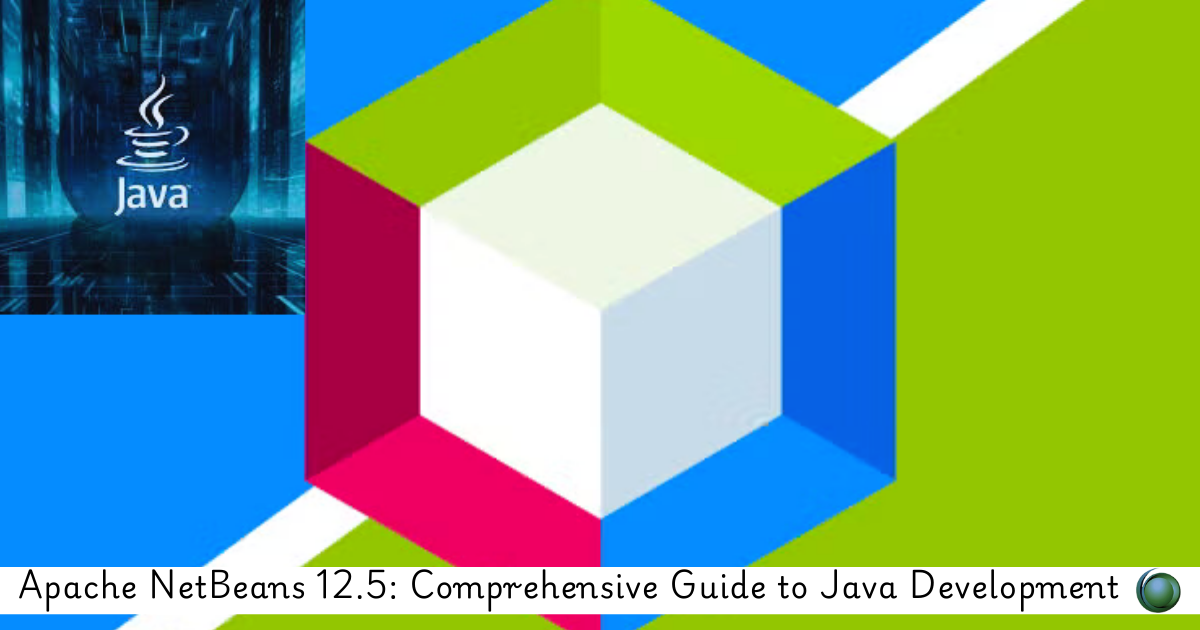Description
Introduction of Advanced Patterns in Spring Integration
Spring Integration is an extension of the Spring Framework that facilitates building enterprise integration solutions. It provides a set of components for developing messaging applications, enabling seamless communication between various systems. By leveraging the Enterprise Integration Patterns (EIP), Spring Integration supports different messaging protocols, such as HTTP, JMS, and AMQP, allowing developers to create robust and scalable applications that can interact with diverse external systems.
Prerequisites of Spring Integration
- Familiarity with Java: A good understanding of Java programming is essential, as Spring Integration is built on the Java platform.
- Basic Spring Framework Knowledge: Understanding core Spring concepts such as dependency injection and Spring beans will help in grasping Spring Integration.
- Understanding of Messaging Concepts: Familiarity with messaging patterns and protocols will be beneficial for working with Spring Integration components.
- Development Environment: A working setup of Java Development Kit (JDK), an Integrated Development Environment (IDE) like IntelliJ IDEA or Eclipse, and build tools such as Maven or Gradle.
TABLE OF CONTENT
- Introduction to Spring Integration
1.1 Spring Integration’s Architecture
1.2 Spring Integration’s Support for Enterprise Integration Patterns
1.3 Enterprise Integration Patterns Meet Inversion of Control
- Say Hello to Spring Integration
2.1 Enterprise Integration Fundamentals
2.2 Loose Coupling and Event-Driven Architecture
2.3 Synchronous and Asynchronous Communication
2.4 Comparing Enterprise Integration Styles
- Messages and Channels
3.1 Introducing Spring Integration Messages
3.2 Introducing Spring Integration Channels
3.3 Channel Collaborators
- Message Endpoints
4.1 What Can You Expect of an Endpoint?
4.2 Transaction Boundaries Around Endpoints
4.3 Under the Hood
- Getting Down to Business
5.1 Domain-Driven Transformation
5.2 Message-Driven Services
5.3 Message Publishing Interceptors
5.4 Domain-Driven Messaging Gateways
5.5 Chaining Endpoints
5.6 Splitting and Aggregating Messages
5.7 Introducing Correlation
5.8 Splitting, Aggregating, and Resequencing
5.9 Useful Patterns
5.10 Under the Hood
- Handling Messages with XML Payloads
6.1 XML Messaging
6.2 Under the Hood
- Spring Integration and the Java Message Service
- Email-Based Integration
8.1 Sending Email
8.2 Receiving Email
- Filesystem Integration
- Spring Integration and Web Services
10.1 XML Web Services with Spring WS
10.2 Simple HTTP Endpoints
- Chatting and Tweeting
11.1 XMPP
11.2 Twitter
- Future Directions
- Monitoring and Management
13.1 Message History
13.2 Wire Tap
13.3 JMX Support in Spring Integration
13.4 Control Bus
13.5 Under the Hood
- Managing Scheduling and Concurrency
14.1 Controlling Timed Events
14.2 Managing Concurrency
14.3 Under the Hood
- Batch Applications and Enterprise Integration
15.1 Introducing Batch Jobs
15.2 Introducing Spring Batch
15.3 Integrating Spring Batch and Spring Integration
- Scaling Messaging Applications with OSGi
16.1 The OSGi Module System
16.2 Accessing the Service Registry Through Gemini Blueprint
16.3 Messaging Between Bundles
- Testing
17.1 Matching Messages with the Spring Integration Testing Framework
17.2 Mocking Services Out of Integration Tests
17.3 Testing an Asynchronous System
Conclusion
Advanced Patterns in Spring Integration simplifies the process of integrating various systems by providing a comprehensive framework that supports multiple messaging protocols and patterns. With its modular approach, it allows developers to design flexible and maintainable integration solutions, making it an essential tool for building enterprise-level applications. Understanding Advanced Patterns in Spring Integration enhances a developer’s ability to implement efficient data flow between applications, ultimately leading to improved productivity and system interoperability.
If you are looking for customized info, Please contact us here
Reference







Reviews
There are no reviews yet.